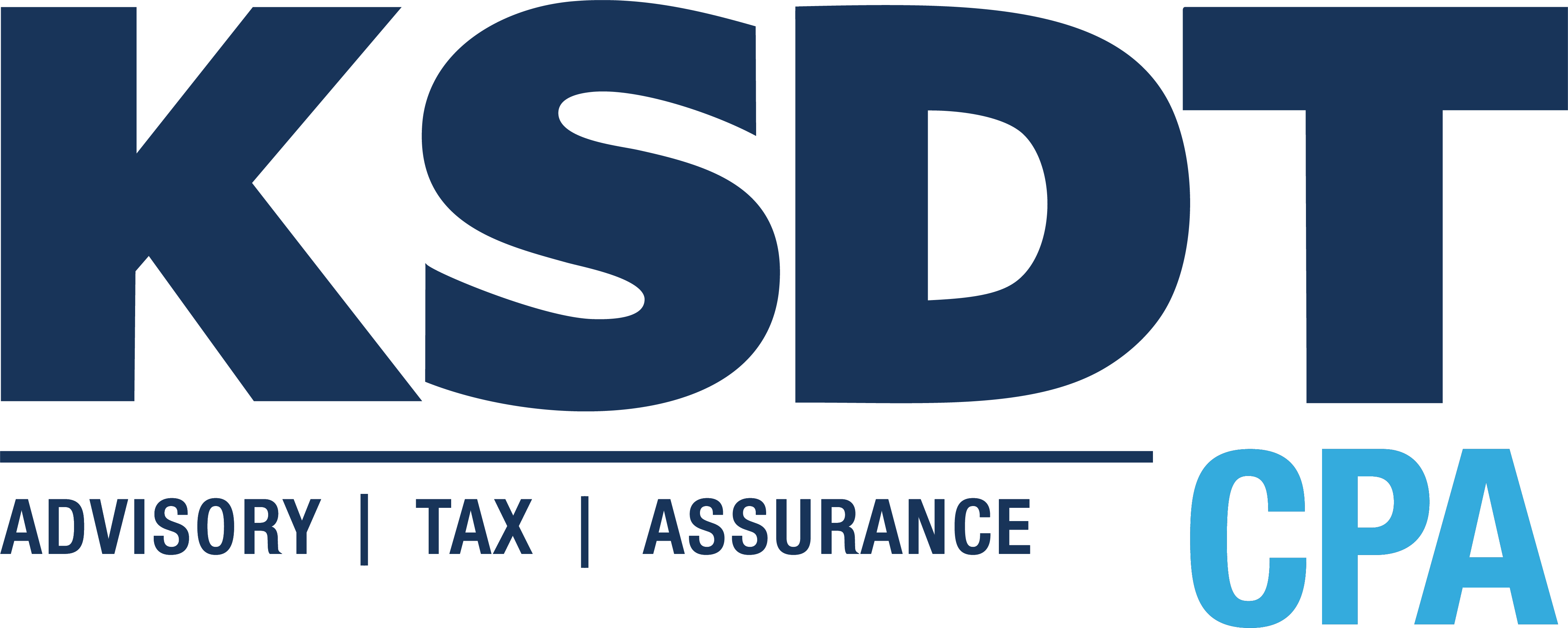Equestrian Accounting Strategies
Do you already have your tax strategy implemented for 2018, and your tax plan organized for 2019? All the budgets, projections, business plans ready for the year? Remember that partnerships and S corporations have to file their tax return with the IRS by March 15! Additionally, do you have all the documentation that supports and validates your claims in the tax returns?
Properly organized documentation, like bank reconciliations, bank statements and operating transaction receipts, is the best strategy in preventing your business operations to be treated as hobby, instead than a for profit entity, by the IRS. Expense deductions are not allowed under section 162 or 212 for activities which are carried primarily as a sport, hobby, or for recreation.[1] The determination whether an activity is engaged in for profit is made by reference to objective standards, taking into account all of the facts and circumstances of each case. At PTA, we assist our clients organize and structure their businesses by transforming data into useful financial reports and staying in compliance with the law.
Will Your Business Pass the Test?
The factors the IRS takes into account to determine whether your business is engaged in for profit are the following[2]:
- Manner in which the taxpayer carries on the activity: The fact that the taxpayer carries on the activity in a businesslike manner and maintains complete and accurate books and records may indicate that the activity is engaged in for profit.
- The expertise of the taxpayer or his advisors: Preparation for the activity by extensive study of its accepted business, economic, and scientific practices, or consultation with those who are expert therein, may indicate that the taxpayer has a profit motive.
- The time and effort expended by the taxpayer in carrying on the activity: The fact that the taxpayer devotes much of his personal time and effort to carrying on an activity, particularly if the activity does not have substantial personal or recreational aspects, may indicate an intention to derive a profit.
- Expectation that assets used in activity may appreciate in value: The term “profit” encompasses appreciation in the value of assets, such as horses, used in the activity.
- The success of the taxpayer in carrying on other similar or dissimilar activities: The fact that the taxpayer has engaged in similar activities in the past and converted them from unprofitable to profitable enterprises may indicate that he is engaged in the present activity for profit, even though the activity is presently unprofitable.
- The taxpayer’s history of income or losses with respect to the activity: A series of losses during the initial or start-up stage of an activity may not necessarily be an indication that the activity is not engaged in for profit. However, where losses continue to be sustained beyond the period which customarily is necessary to bring the operation to profitable status such continued losses, if not explainable, as due to customary business risks or reverses, may be indicative that the activity is not being engaged in for profit. If losses are sustained because of unforeseen or fortuitous circumstances which are beyond the control of the taxpayer, such as drought, disease, fire, theft, weather damages, other involuntary conversions, or depressed market conditions, such losses would not be an indication that the activity is not engaged in for profit. A series of years in which net income was realized would of course be strong evidence that the activity is engaged in for profit.
- The amount of occasional profits, if any, which are earned: The amount of profits in relation to the amount of losses incurred, and in relation to the amount of the taxpayer’s investment and the value of the assets used in the activity, may provide useful criteria in determining the taxpayer’s intent.
- The financial status of the taxpayer: The fact that the taxpayer does not have substantial income or capital from sources other than the activity may indicate that an activity is engaged in for profit.
Equestrian Businesses
Tax law provides examples of situations where equestrian business investment losses were disallowed by the IRS because the organizations were treated as hobbies, instead of for-profit entities. In Budin,[3] the taxpayers’ reported horse show income, cost of training, boarding, showing and maintaining horses, depreciation, and breeding expenses for their business were disallowed because the business was held to not be engaged in for profit under Code section 183. In Mckeever,[4] the court held that the horse breeding activity lacked a profit objective. The equestrian activities in the Price[5] and Rodriguez[6] cases also lacked profit objective and were disallowed under Code section 183 eliminating all the tax benefits previously received.
Please contact us to assist you with all your accounting needs! The importance of developing useful financial reports and implementing effective tax strategies cannot be stressed enough. We look forward to helping your business strive and succeed!
Our team is prepared understand your business and to assist you in:
- CFO Services
- Implementing effective tax strategies
- Tax planning for corporate, partnership and individual taxpayers
- Preparation of tax returns including 1120, 1120S, 1065, 990, 1040 tax forms
- Financial Reporting Services
- Preparing financial statements for Management, Financial Institutions, and Investors
- Analyzing financial statements to suggest improvements to work flow and cash flow
- Audit preparation and representation
- Preparing and submitting payroll, sales tax and quarterly payments and reports
- Preparing budgets
- Reconciling general ledger accounts (PP&E, RE, Liabilities, Bank Accounts)
- Ensuring clients are complying with Federal, State, & Local regulatory requirements
- Managing QuickBooks
- Maintaining internal controls & accounting procedures

